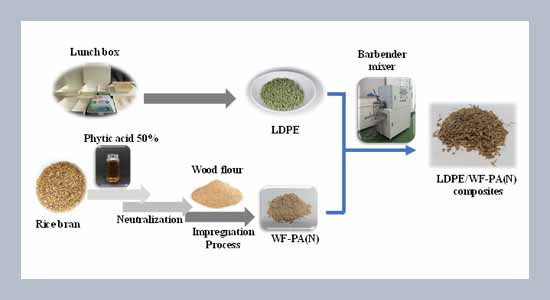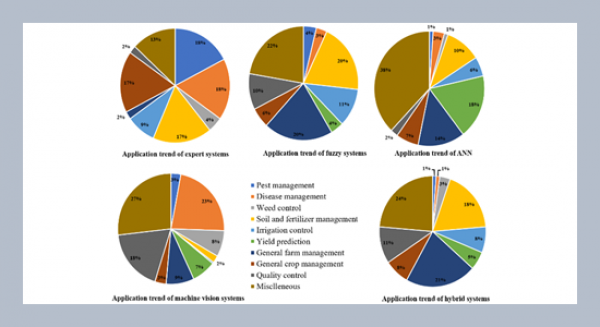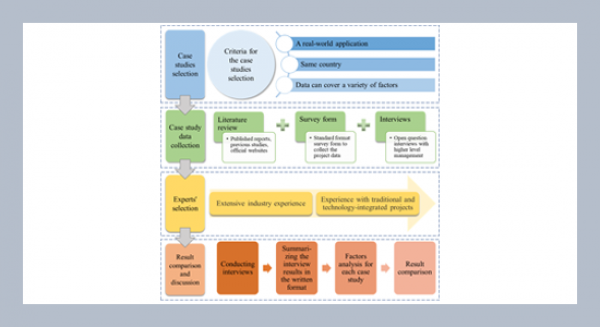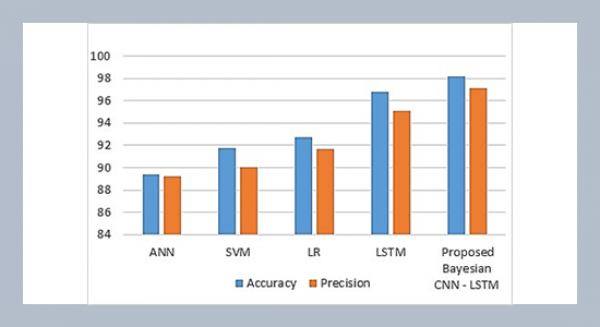REFERENCES
- Ahmed, K. 2015. Hybrid composites prepared from Industrial waste: Mechanical and swelling behavior. Journal of Advanced Research, 6, 225–232.
- Ahmed, K., Nizami, S.S., Raza, Z.N., Mahmood, K. 2013. Effect of micro sized marble sludge on physical properties of natural rubber composites. Chemical Industry and Chemical Engineering Quarterly, 19, 281–293.
- Al-Majali, Y.A., Chirume, C.T., Marcum, E.P., Daramola, D.A., Kappagantula, K.S., Trembly, J.P. 2019. Coal-filler-based thermoplastic composites as construction materials: A new sustainable end-use application, ACS Sustainable Chemistry & Engineering, 7, 16870−16878.
- Arslan, F., Dilsiz, N. 2020. Flame resistant properties of LDPE/PLA blends containing halogen-free flame retardant. Journal of Applied Polymer Science, 137, 48960.
- Brebu, M., Vasile, C. 2010. Thermal degradation of lignin a review. Cellulose Chemistry and Technology, 44, 353–363.
- Catto, A.L., Montagna, L.S., Rossini, K., Santana, R.M.C. 2014. Processing of post-consumer HDPE reinforced with wood flour: Effect of functionaliation methodology. AIP Conference Proceedings 1593, 487.
- Chan‐Hom, T., Yamsaengsung, W., Prapagdee, B., Markpin, T., Sombatsompop, N. 2017. Flame retardancy antifungal efficacies and physical-mechanical properties for wood/polymer composites containing zinc borate. Fire and Materials, 41, 675–687.
- Gao, Y.Y., Deng, C., Du, Y.Y., Huang, S.C., Wang, Y.Z. 2019. A novel bio-based flame retardant for polypropylene from phytic acid. Polymer Degradation and Stability, 161, 298–308.
- Geueke, B., Groh, K., Muncke, J. 2018. Food packaging in the circular economy: Overview of chemical safety aspects for commonly used materials. Journal of Cleaner Production, 193, 491–505.
- Guiot, O., Tighzert, L., Coqueret, X. 1999. Electron beam crosslinking of extrusion-blown LDPE films: I. mechanical properties. European Polymer Journal, 35, 565–570.
- Hörold, S. 1999. Phosphorus flame retardants in thermoset resins polymer degradation and stability, 64, 427–431.
- Ibibikcan, E., Kaynak, C. 2014. Usability of three boron compounds for enhancement of flame retardancy in polyethylene-based cable insulation materials. Journal of Fire Sciences, 32, 99–120.
- Kausar, A., Rafique, I., Anwar, Z., Muhammad, B. 2016. Recent developments in different types of flame retardants and effect on fire retardancy of epoxy composite. Polymer-Plastics Technology and Engineering, 55, 1512–1535.
- Kim, H.S., Kim, S., Kim, H.J., Yang, H.S. 2006. Thermal properties of bio-flour-filled polyolefin composites with different compatibilizing agent type and content. Thermochimica Acta, 451, 181–188.
- Kim, S. 2003. Flame retardancy and smoke suppression of magnesium hydroxide filled polyethylene. Journal of Polymer Science Part B Polymer Physical, 41, 936–944.
- La Mantia, F., Dintcheva, N.T., Morreale, M., Vaca-Garcia, C. 2004. Green composites of organic materials and recycled post-consumer polyethylene polymer International, 53, 1888–1891.
- La Mantia, F., Morreale, M. 2006. Mechanical properties of recycled poly-ethylene ecocomposites filled with natural organic fillers. Polymer Engineering and Science, 46, 1131–1139.
- Lewin, M., Weil, E.D. 2001. Mechanisms and modes of action in flame retardancy of polymers. Fire Retardant Materials, 1, 31–68.
- Lu, H., Wilkie, C.A. 2010. Study on intumescent flame retarded polystyrene composites with improved flame retardancy. Polymer Degradation and Stability, 95, 2388–2395.
- Mordor Intelligence Pvt Ltd. 2020. Low-density polyethylene (LDPE) market-growth, trends, COVID-19 impact, and forecasts (2021 - 2026) Mordor intelligence press. Gachibowli Hyderabad. India. (accessed 09.11.2021).
- Morreale, M., Scaffaro, R., Maio, A., La Mantia, F.P. 2008. Effect of adding wood flour to the physical properties of a biodegradable polymer. Composites Part A: Applied Science and Manufacturing, 39, 503–513.
- Nicole, M., Stark, Robert H., White, Mueller, Scott A., Osswald, Tim A. 2010. Evaluation of various fire retardants for use in wood flour–polyethylene composites. Polymer Degradation and Stability 2010, 95, 1903–1910.
- Poletto, M., Zattera, A.J., Forte, M.M., Santana, R.M. 2012. Thermal decomposition of wood: influence of wood components and cellulose crystallite size. Bioresource Technology, 109, 148–153.
- Prasad, V.S., Pillai, C.K.S. 2000. Flame retardation of polyethylene: Effect of a phosphorus flame retardant having both hydrophobic and hydrophilic groups in the same molecule. Journal of Applied Polymer Science, 77, 2631–2640.
- Saad, N., Esa, N.M., Ithnin, H., Shafie, N.H. 2011. Optimization of optimum condition for phytic acid extraction from rice bran. African Journal of Plant Science, 5, 168–176.
- Shih, Y.F., Tsai, W.L., Kotharangannagari, V.K. 2020. Development of eco-friendly flame-retarded high density polyethylene composites. Key Engineering Materials, 847, 55–60.
- Taşdemır, M., Biltekin, H., Caneba, G.T. 2009. Preparation and characterization of LDPE and PP—Wood fiber composites. Journal of Applied Polymer Science, 112, 3095–3102.
- Tirri, T., Aubert, M., Pawelec, W., Holappa, A., Wilén, C.-E. 2016. Structure–property studies on a new family of halogen free flame retardants based on sulfenamide and related structures. Polymers, 8, 360.
- Umemura, T., Arao, Y., Nakamura, S., Tomita, Y., Tanaka, T. 2014. Synergy effects of wood flour and fire retardants in flammability of wood-plastic composites, Energy Procedia, 56, 48–56.
- Wang, P.J., Liao, D.J., Hu, X.P., Pan, N., Li, W.X., Wang, D.Y., Yao, Y. 2019. Facile fabrication of biobased PNC-containing nano-layered hybrid: preparation, growth mechanism and its efficient fire retardancy in epoxy. Polymer Degradation and Stability, 159, 153–162.
- Wang, Z., Liu, Y., Li, J. 2017. Regulating effects of nitrogenous bases on the char structure and flame retardancy of polypropylene/intumescent flame retardant composites. ACS Sustainable Chemistry & Engineering, 5, 2375–2383.
- Yang, H., Yan, R., Chen. H., Zheng, C., Lee, D.H., Liang, D.T. 2005. In-depth investigation of biomass pyrolysis based on three major components: hemicellulose, cellulose and lignin. Energy Fuels, 20, 388–393.
- Zevenhoven, R., Karlsson, M., Hupa, M., Frankenhaeuser, M. 1997. Journal of the air & waste management association, 47, 861–870.















